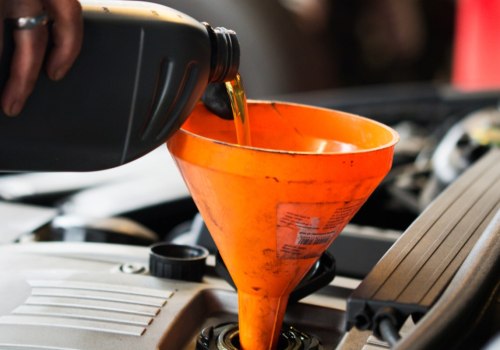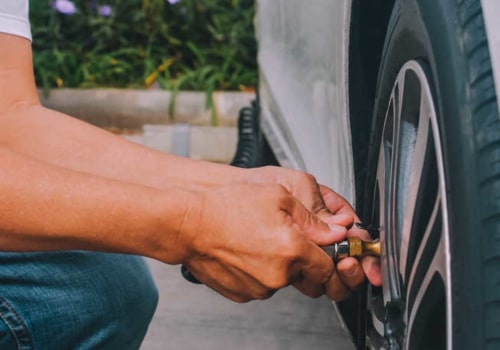For most vehicles, regular maintenance starts at 5,000 miles and continues from there every 5,000-10,000 miles. Of course, checking your car more regularly is even better. Maintenance keeps your vehicle running smoothly and safely on the road for a much longer distance compared to never performing maintenance. Always follow the manufacturer's maintenance recommendations found in your vehicle's owner's manual.
At a minimum, you should have your car inspected every 12 months by a qualified mechanic for problems. Note that many vehicle manufacturers have replaced the printed owner's manual that you may be familiar with for an online version available through the manufacturer's website. Many manufacturers use a 30-60-90 program, which means certain items must be inspected, exchanged, or replaced at 30,000, 60,000, and 90,000 miles. But if you're like most drivers, you might wonder if all of the maintenance checkpoints suggested in your car's manual are essential to the health and well-being of your car. Some items, such as rubber gaskets and hoses, wiper blades, and tires, wear out at irregular intervals.
These “consumables” should be checked regularly, either by your mechanic or by your own visual inspection. For everything else, this car maintenance guide explains what you should do and why you should do it. Depending on what comes first, we suggest servicing your car once a year (every twelve months) or 12,000 miles. If you drive a larger vehicle or drive a lot, you should think about servicing every six months or 6,000 miles. All vehicles need regular maintenance to work properly on the road.
For this reason, some manufacturers will provide a maintenance table to help car owners know what maintenance services their vehicles need and when. For example, Nissan recommends replacing engine oil and filter, as well as inspecting the brake pads and exhaust system after six months. On the other hand, Toyota recommends a maintenance appointment after 5000 miles or six months for Toyota car owners. While all vehicles and drivers are different, a manufacturer's maintenance program can be an excellent guide. Sticking to a car maintenance schedule and keeping a good record of what you've done can help extend the life of your vehicle and protect it from breakdowns, costly repairs, and other unwanted surprises.
While you can refer to your owner's manual for many maintenance checks, knowing what to look for on your own will give you a better idea of whether you need your car serviced. And of course, it's important to remember that car maintenance costs, while not always cheap, can help you avoid costly repairs in the future. Maintenance is also based on how well you take care of your car and the quality of the roads you drive on. Most mechanics still recommend the so-called 30-60-90 service interval, which places a car in the shop for scheduled maintenance at 30,000 miles, 60,000 miles and 90,000 miles. Driving in the city tends to be more difficult in cars than on the road, and many of the elements in your car are designed to wear out, so you should keep these consumable parts in mind. Whether your car has a problem or you are interested in preventive vehicle maintenance services, it is imperative that you work with experts.
Even though you don't have any problems with the car, as a conscious vehicle owner, you should take care of your car so that it remains a reliable and safe mode of transportation for as long as possible. The maintenance schedule is a chart that tells you how often your car needs to be repaired and what work needs to be done. When you service your car at regular intervals, you keep your ride in good working order and help avoid costly mechanical repairs in the future. Don't miss the opportunity to repair your car when it matters most with preventive maintenance or mileage-based service.
Not only that but maintaining a detailed vehicle maintenance history can also help improve the resale value of your car.






